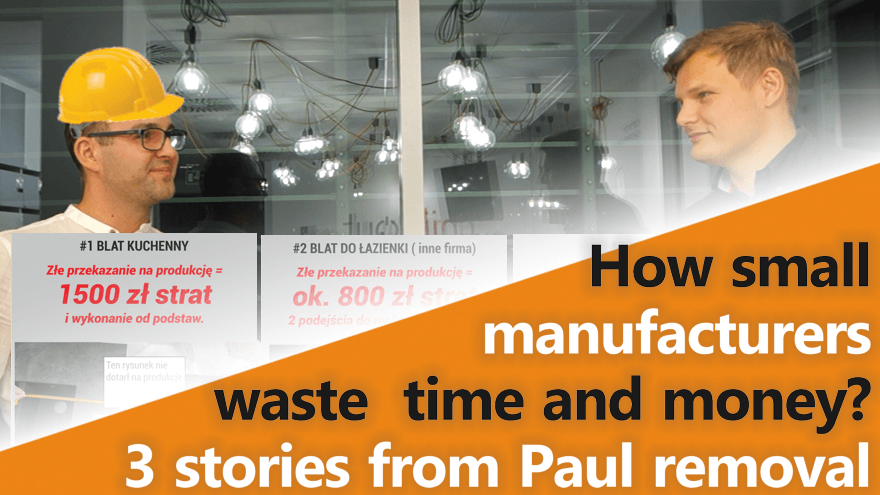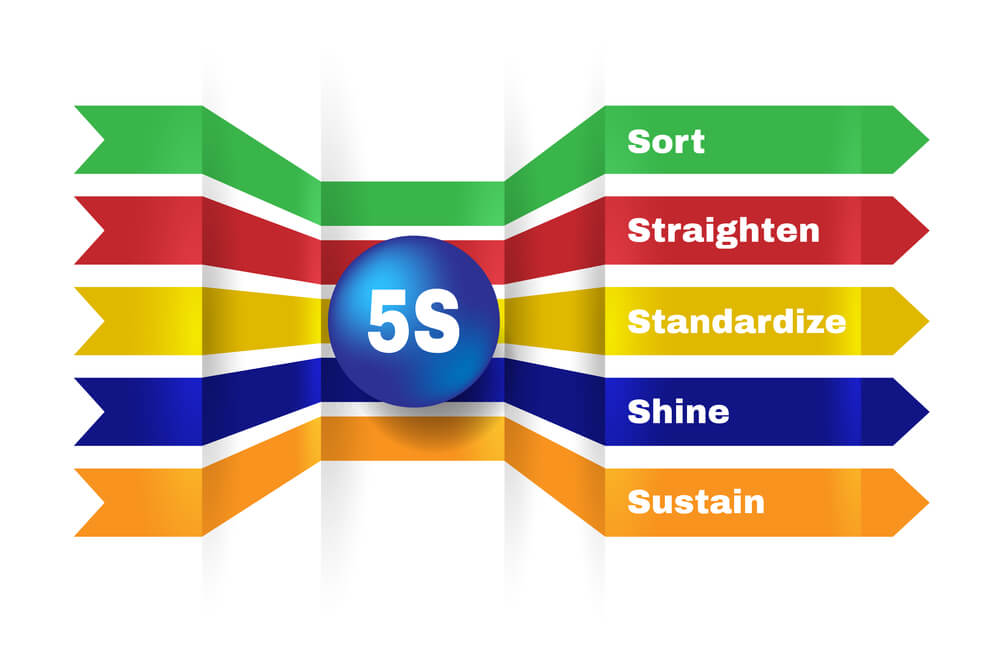How does One Piece Flow work?
One-piece flow is the basis of lean philosophy. In short, one-piece flow is the opposite of batch production. In this system, the time when the product is not worked on/processed is minimized. It is a crucial element of production planning. Read on to find out more.
One Piece Flow method
One-Piece Flow method, sometimes called continuous flow, is used instead of traditional mass production. In mass production, materials move through the manufacturing process in batches which can be highly inefficient. In a one-piece flow, a product is completed before the next one is started. The name refers to the maximum number of products between operations, workstations, processes. That’s why it’s also called “single-piece flow”, as everything is constantly progressing and only one item is in any given queue at a time. Multiple items can be in the process as a whole, but nothing has to queue up and take up space from the moment it starts until the moment it’s complete. Thanks to One Piece Flow, you can save time and money, as work is performed faster and any space you use is highly optimized. The customer also receives ordered goods much quicker than in a batch method. This reduces waste (you’re not spending money holding items for future delivery) but requires a tremendous amount of coordination and consistency to pull off.



Ready to Streamline Your Shop Floor?
Online manufacturing software that puts you in control.
Get started today14-day free trial - No credit card needed - Unlimited free support
One Piece Flow – the beginning
The beginnings of the One Piece Flow were in 1934 when Kiichiro Toyoda used this method at a foundry and engine production. He used the concept of “confirming one, after the other” to save time and eliminate mistakes as they were spotted mid-batch before affecting the entire order. Two main advantages of One Piece Flow were noticed: work is completed faster, and the money is saved due to the time and space you free up. That said, these simple benefits have substantial knock-on effects. The One Piece Flow method can be implemented almost anywhere, providing the operations and processes are repetitive. Other requirements include:
- The number of workstations has to be bigger than one.
- Make sure that the flow of work is clearly visible, tracked and standardized by using a production planning system.
- The workstations should be balanced, which means that time spent at each of them should be similar.
What is a production cell?
The term “production cell” is significant for the One Piece Flow method. It refers to workstations and machines set up next to each other, which ensure the production flow is smooth and the product can easily follow all production stages. Modern work cell allows for implementing the entire production process as a one-piece flow, thus eliminating any waste and ensuring the highest quality of the end product.
One Piece Flow – the benefits of implementation
There are a few significant benefits of One Piece Flow:
- Improved quality
First up, using One Piece Flow can make your final results higher quality than if you tackled them in bulk. This is because errors are more likely to be spotted partway through the process than at the very end when it’s too late to correct them. The problem is detected at its first occurrence; thus, we will not produce the following defective parts.
- Less elements in the process
It is easier to scale up your operations and do so reliably since you can monitor the production of each product across every step of the process. We no longer have to watch and change the schedule for numerous stations when you control the production plan, but only for a select one. Additionally, by breaking up your process into set workstations and blocks of tasks, you can more easily see where you can benefit from using business process automation. Any initial cost of setting up the automation would quickly be offset by both the money you save with one-piece flow and with the savings your new automation will make
- Smaller production hall
We do not need so much space to store products between operations. Workstations can be situated closer to each other, and a smaller hall means smaller rent and less space that needs heating, cleaning, lighting, etc. In addition, production cells are located next to each other to offer a smooth transition between operations.
- Flexibility and productivity
In the one-piece flow system, you can immediately see which process is faster to respond more efficiently. For example, evenly distribute work between stations. This enables us to identify bottlenecks and use resources optimally. Unfortunately, we do not see this in batch production.
- Faster response to customer’s order
Refitting the line for other products or orders is much easier. We don’t have to take containers, crates, or pallets from various processes and supply new ones. Instead, the operator/machine adjusts itself to another product. That’s why the customer will get their order faster as they don’t have to wait until all ordered items are cut, milled, painted and assembled. This process often takes days, weeks or months. The faster the product is available to the client, the faster we can invoice.
- Better ergonomy
Workstations are optimized for the implementation of the One Piece Flow method.
- Increase the morale of your workforce
Depending on how your process is set up, continuous flow can also help increase your workforce’s morale. As long as there is still some variation in duties (e.g., switching employee tasks every so often), the higher rate of progress can help show your employees that the work they’re doing is making something worthwhile.



Ready to Streamline Your Shop Floor?
Online manufacturing software that puts you in control.
Get started today14-day free trial - No credit card needed - Unlimited free support

 Magda Fic
Magda Fic 
 Marek Mrowiec
Marek Mrowiec 

